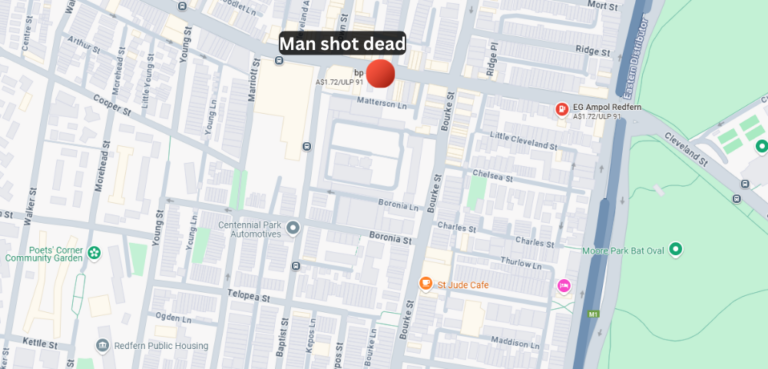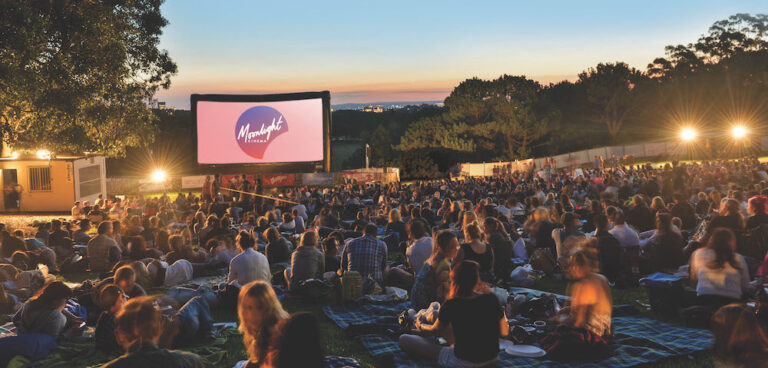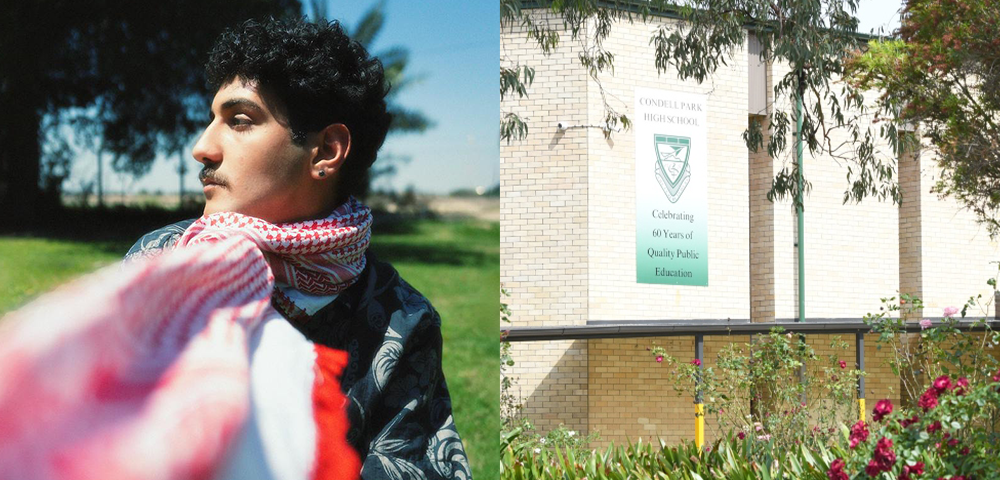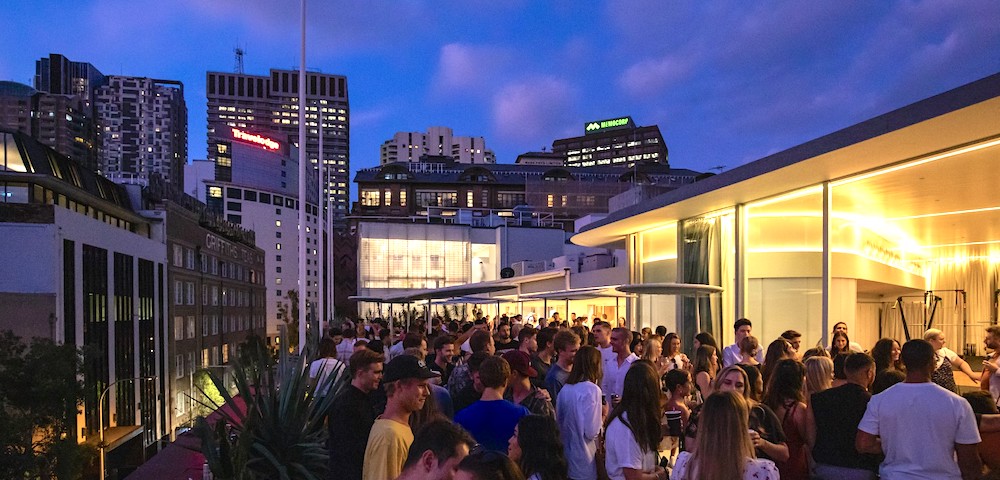
Opinion: Memories sacrificed on future’s altar
From my youthful experiences, ‘heritage’ and ‘history’ are antiquated words. Old houses give me the creeps and I am at home in beige, open-plan compact living. Give me the high-rise life.
But what if your own history, your sense of belonging, was levelled with the swoop of a wrecking ball? With more and more industrial sites sacrificed to the god of urban planning, it seems history is a dying concept in a city struggling to secure its future.
With Sydney bursting at the seams, space is the number one necessity. The Planning Department, which is under pressure to accommodate Sydney’s growing population, is no doubt a ruthless agent, murdering our historical darlings for the greater good: more housing and more jobs. Even cemeteries are double-stacking corpses in the name of urban consolidation.
Recently the Planning Minister, Kristina Keneally announced 1200 homes would be built and more than 6500 jobs created as a result of the Government’s victory over the battle for the North Eveleigh railway yards.
At the height of the struggle, the historians barely registered as stakeholders as they waved their arms in the background. Frantically, they argued that the site, labelled one of Australia’s most important historical industrial sites by National Trust Director Graham Quint, could be the platform for a ‘great rail museum’.
Then there’s the slow gutting of the Carlton United Breweries to make way for affordable housing, commercial precincts and even more cycle-ways. The stale whiff of beer that hovered outside those grimy iron gates will now waft only as a ghost of the past.
But perhaps the most heart-wrenching is the gentrification of the ‘Hungry Mile’, the name harbourside labourers gave to the East Darling Harbour docklands during the Great Depression. Men would line up outside the wharves each day in the hope of being chosen for work. Many fainted from hunger in the wait.
In 2006 the docks were announced as a site for urban redevelopment, including residential high-rises, retail centres and spacious parklands. To 85-year-old Molly Clarke, a Millers Point resident for 45 years, who saw the marks of history slowly crumble around her, that was the last straw. The wharves would be erased to make way for Bangaroo.
Molly was at home in the working class roots of Millers Point, a bastion subtly invaded by the forces of gentrification. The bustle of the wharves below Molly’s High Street house hallmarked this working-class culture, and became the amphitheatre for many historical events, including several Vietnam War protests.
“Things that are happening here, now, are things that are personally hurting us. And the biggest thing that ever happened in my time here was taking the wharves away,” she said, defiant but admittedly helpless.
In a final attempt to cement some historical value to the area, Sydney City Council officially nicknamed part of Hickson Road that runs through Millers Point ‘The Hungry Mile’.
The political buzzwords ‘affordable housing’, ‘open space’ and ‘job creation’ have dwarfed ‘heritage’ to the value of peanuts. Now it seems a name will suffice to landmark a period of struggle that characterised the resilience of the Australian working class.
In the end Millers Point residents seemed grateful to retain just an echo of the past. “I just think that it keeps something alive that we have,” said Millicent Charmers, 74, who personally witnessed the effects of the Great Depression.
“We have a very strong awareness of what things were like. I think often if you name something…it’s a way of keeping the memory of something alive.”
But a name is a menial trade-off for a greater sense of belonging. When sightseers tread The Hungry Mile in years to come, will it pay homage to human endurance, or to the bars and restaurants lining the high-rise corridor?
“It’s progress, they call it,” said Molly. “That’s how it goes. All the years that we lived in happiness, and then all of a sudden: Bang.”









